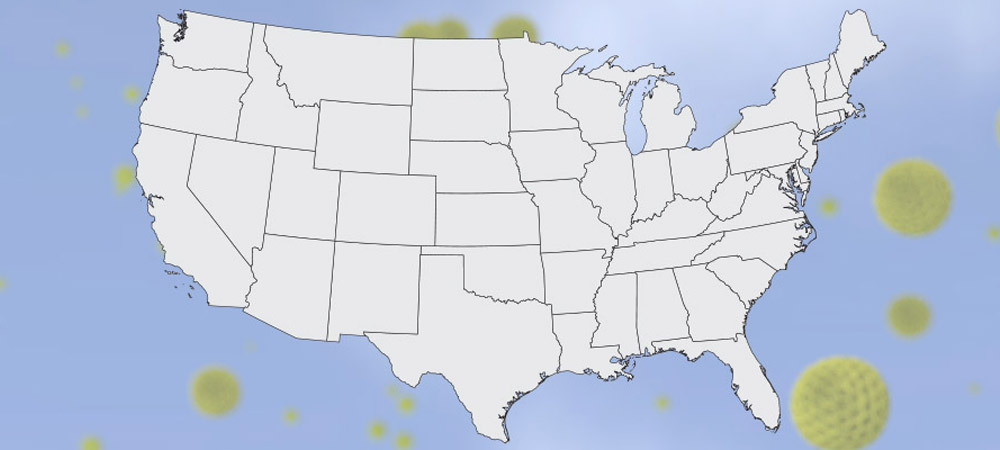Fighting Allergies? Find Out What’s in Bloom Near You

Allergy is one of those illnesses that people glaze over — knowing it’s something that just happens each year around a certain time. Allergychoices created a new tool that outlines which allergens cause symptoms during each month, separated by regions of the U.S. Learn more about how allergen seasons differ from state to state, and how you can find relief, in this blog.
Typical Seasons
If you think simply about how the seasons change, you can understand the plants that typically grow during each season.
- Spring: Snow (if you have it) starts to melt and trees and grass start to bloom. Trees are the most problematic in the spring.
- Summer: Grass is in full bloom and some weeds start to grow. Symptoms from tree allergies will still be bothersome.
- Fall: Ragweed is the big hitter during the fall, and other weeds can make you feel sick, too.
- Winter: Indoor allergens like pet dander, dust, and mold cause symptoms for many.
The specific plants and start times for each season vary from state to state.
Regional Differences
Allergychoices pollen map shows which allergens you may be battling each month — and it’s all split up by state. For instance, it can show that:
- Texans may still be in the height of cedar pollen in December, while those in the cold Wisconsin climate struggle with primarily indoor allergens.
- In October in Massachusetts, Dog Fennel is in full bloom, while in New Mexico, Bermuda Grass causes the most symptoms.
This tool can be helpful to help determine what you may be allergic to. If you’re struggling through symptoms in May, for example, use the map to determine what is the most likely culprit.
It can also be helpful when you travel. If you know that you’re allergic to Elm, you may not want to travel to an area where that is a prominent allergy during the time of your trip.
Another thing to note — studies show that allergy seasons are getting longer. A study by Ziska found that from 1995-2015, some cities experienced an added 25 days of suffering during ragweed allergy season. How long the seasons last will depend on the region as well.
How to Feel Better
There are a few ways this pollen map can help you feel better for your allergy season.
First, it can be helpful to take antihistamines two to four weeks before the allergen is in bloom to help lower your body’s reaction to the allergen, so use this tool to help determine when to pre-treat. It’s important to consistently take over-the-counter medications to reduce symptoms and feel better.
Secondly, if you struggle through several allergy seasons a year, experience related conditions — like headaches, asthma, eczema, sinusitis — or are just tired of repeat sickness year after year, you may want to consider a disease modifying treatment. The pollen map can help narrow down what you are allergic to, but allergy testing, exam, and history with an allergy clinician will be key to starting treatment.
Allergy drop immunotherapy is a convenient option that trains the body over time to not react to offending allergens. With the La Crosse Method™ Protocol, a liquid dose is placed under the tongue three doses daily using a personalized prescription unique to you with all offending environmental allergens included. The doses slowly become stronger until your body learns to not react when exposed to those allergens — typically taking three to five years.
Treat Your Allergy
To learn whether treating the cause of allergy might be a better option for you, find a provider near you that offers personalized allergy drop treatment.


